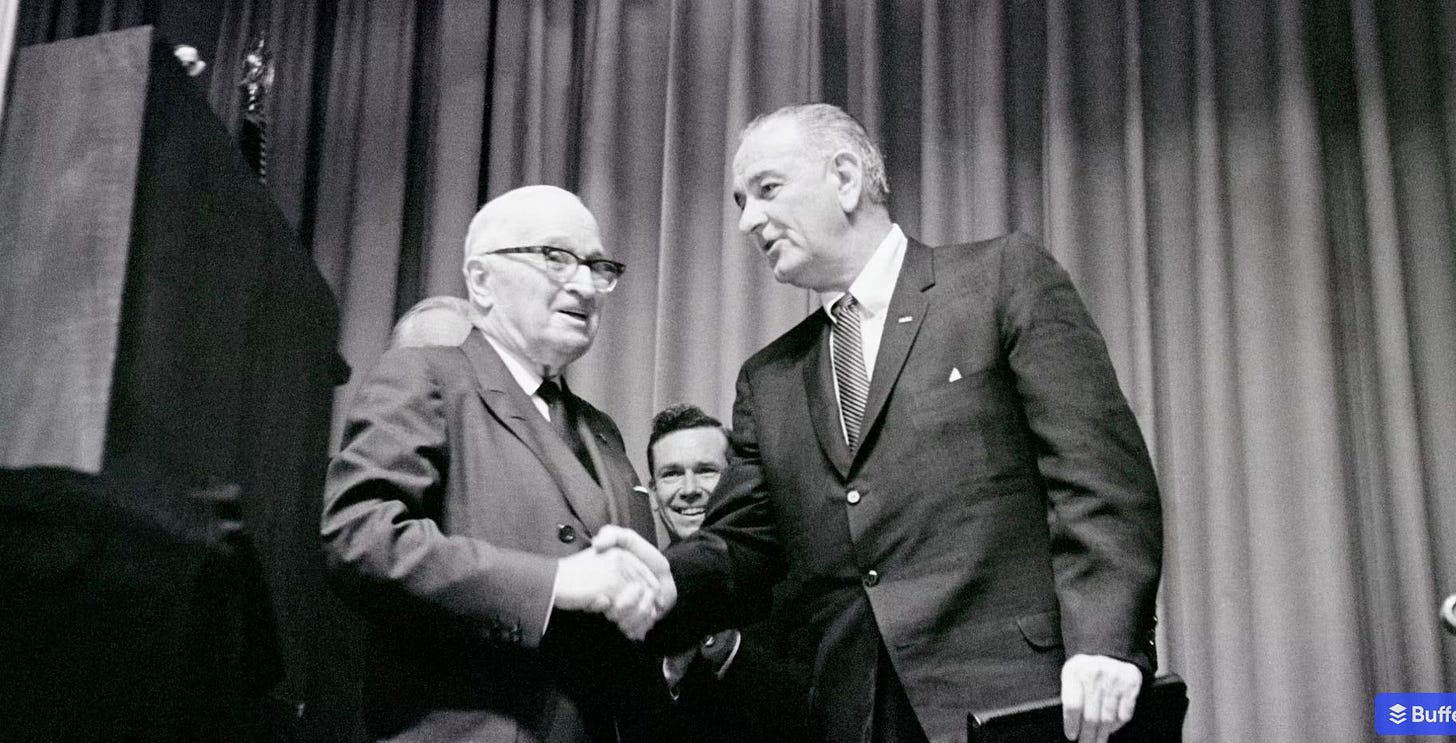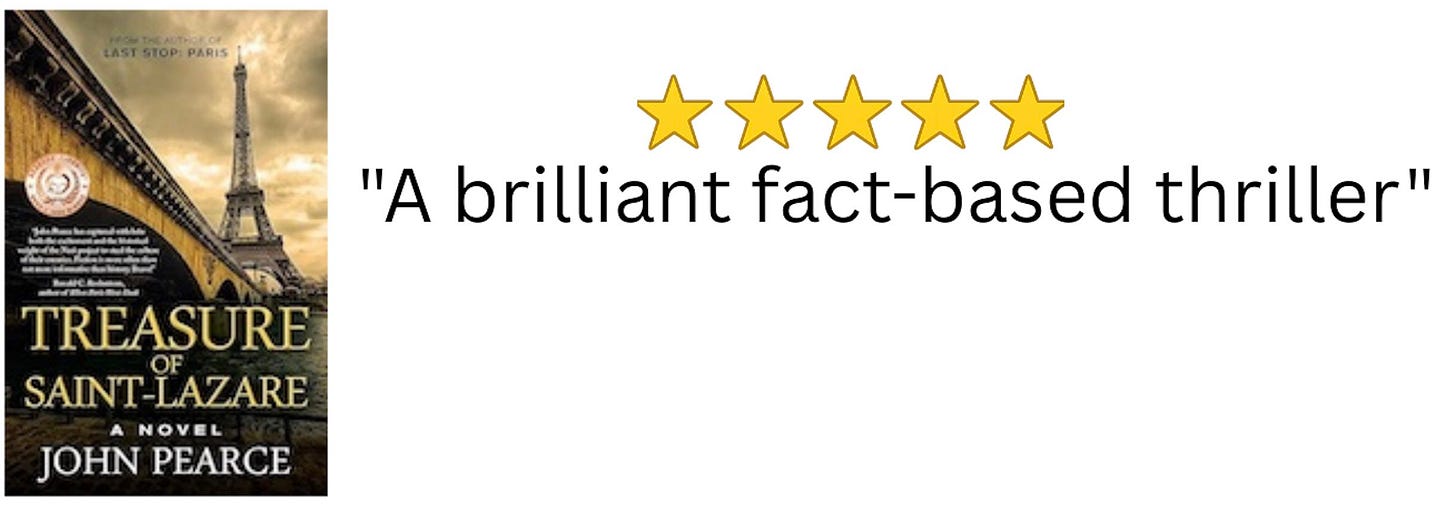Medicare At 60: A Hard-Won Change in American life and health care
Truman had pushed national health care twenty years before; LBJ got Medicare done and gave Truman the first card.
When Franklin D. Roosevelt pushed Social Security through Congress in the 1930s, he wanted to include a form of national health insurance, but the politics of the moment made it impossible. Opposition from the American Medical Association, concerns about federal overreach, and the looming threat of derailing the entire Social Security bill forced FDR to shelve the idea.
Harry Truman picked up the cause in 1945 with a bold proposal for universal coverage. He ran straight into a wall of resistance. The AMA mounted an aggressive campaign to brand the plan as "socialized medicine," while Southern members of Congress feared it would eventually require the desegregation of their hospitals. The proposal never made it out of committee.
It wasn’t until July 30, 1965—60 years ago today—that President Lyndon B. Johnson signed Medicare and Medicaid into law as part of his Great Society agenda. It was a breakthrough moment. For the first time, the federal government guaranteed health care access to the elderly and to low-income Americans.
To mark the occasion, Johnson traveled to the Truman Library in Independence, Missouri, and signed the Medicare bill at Truman’s side. He praised Truman as the man who had “planted the seeds of compassion and duty” decades earlier. In a symbolic gesture, Johnson presented Truman with the first Medicare card, calling him “the real daddy of Medicare.”
Since then, Medicare and Medicaid have become pillars of the American social safety net.
Medicare started with about 19 million enrollees. Today it covers more than 60 million people, almost every American over 65. It has expanded over the years to include prescription drug coverage (Part D) and Medicare Advantage, a growing private-plan option.
Medicaid, once a relatively small program, now provides health insurance to over 90 million people—including low-income families, children, and people with disabilities. It is the largest source of health coverage in the United States.
In 2010, President Obama expanded the safety net again with the Affordable Care Act (ACA). The law offered subsidies for private insurance and financial incentives for states to expand Medicaid. As a result, the uninsured rate in America dropped by more than half, reaching historic lows.
Sixty years on, Medicare and Medicaid remain vital lifelines for tens of millions. They represent not just a policy achievement, but a promise: that in the wealthiest nation on Earth, access to basic health care should not depend on age or income.
Thanks for reading!
John Pearce
Washington, DC
Brought to you by Treasure of Saint-Lazare, which was chosen top historical mystery of its year in the Readers’ Favorite writing competition. See it and the other books in the Eddie Grant Saga on Amazon.




